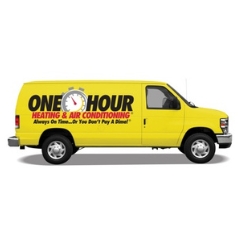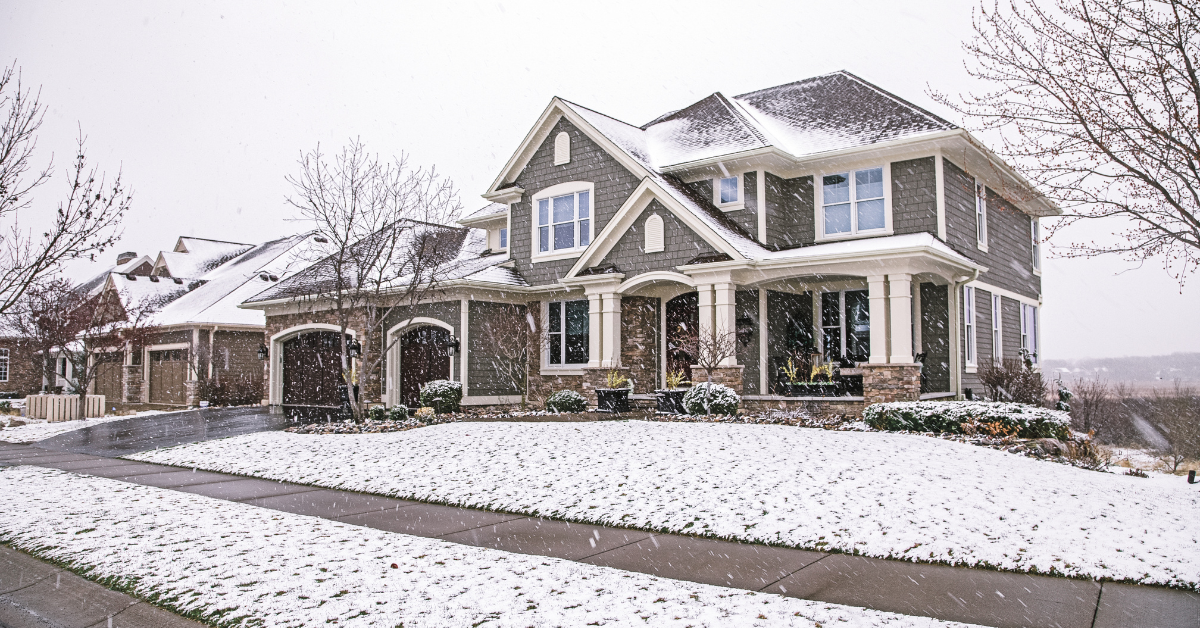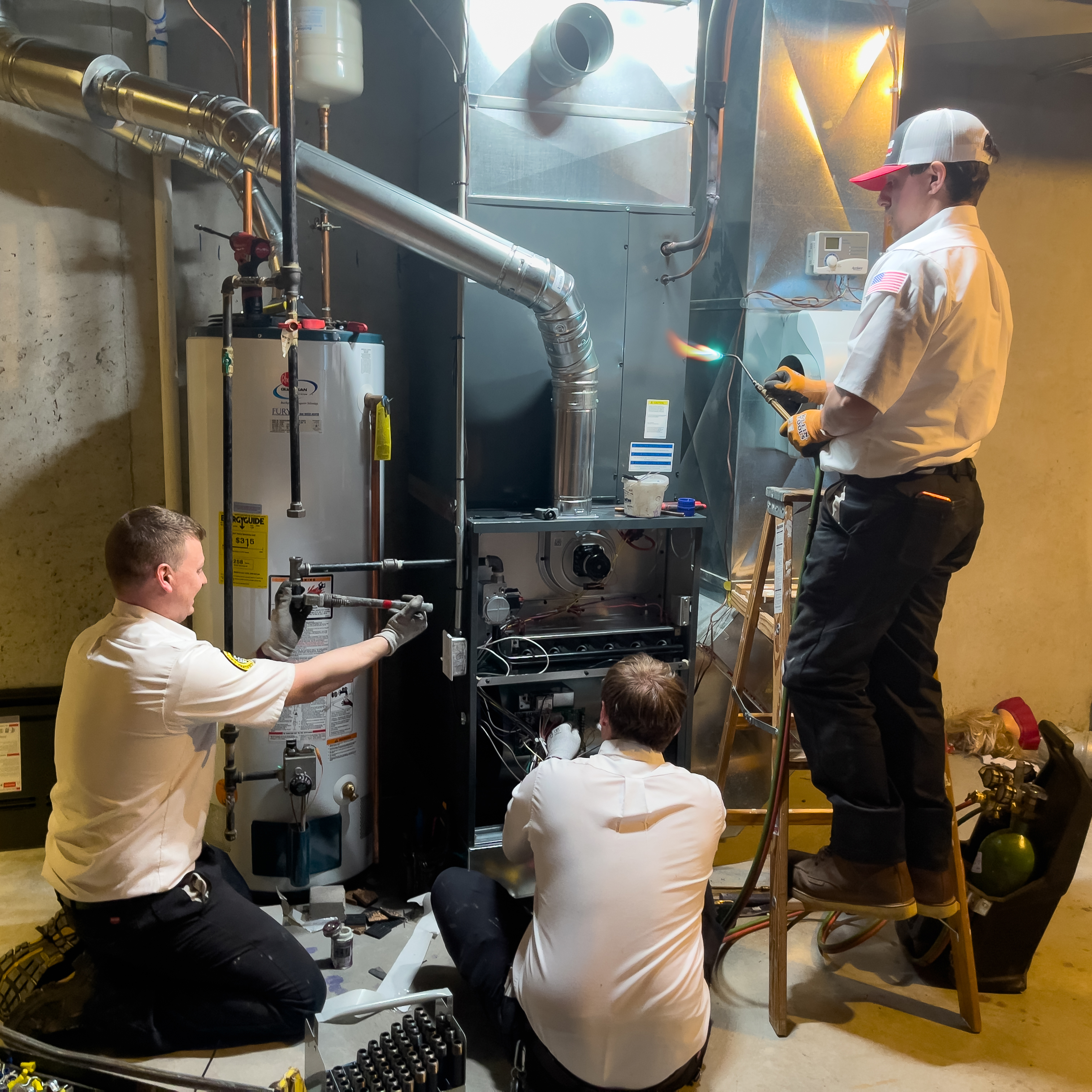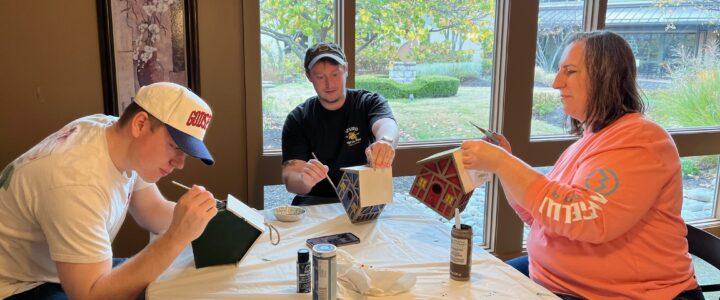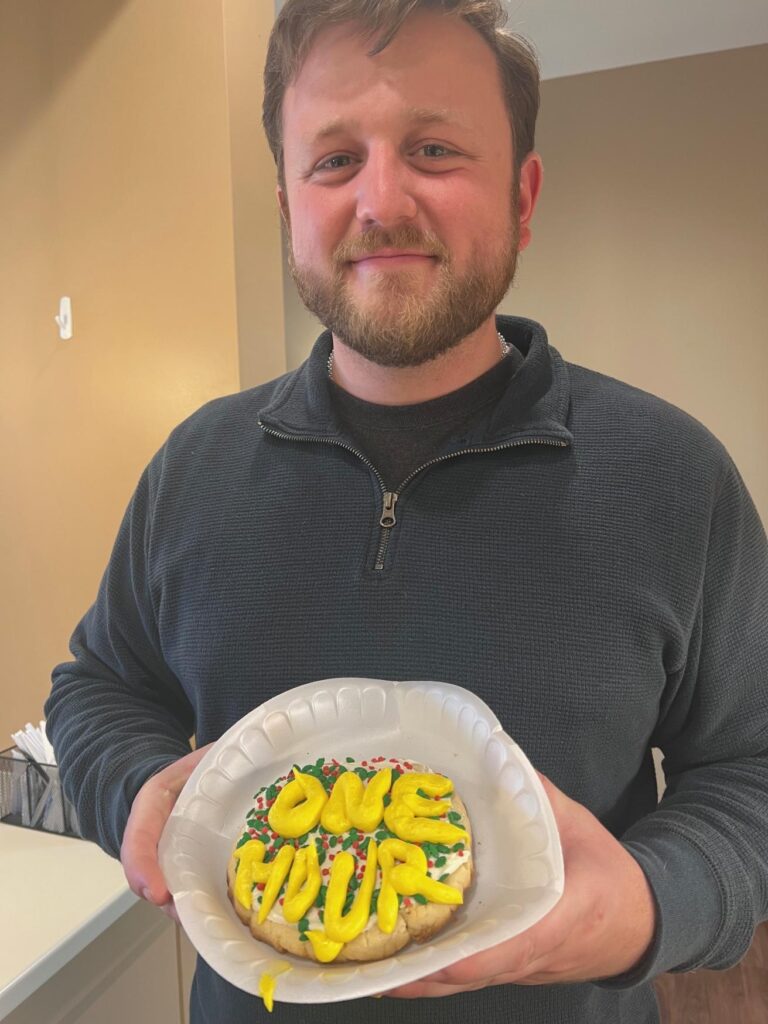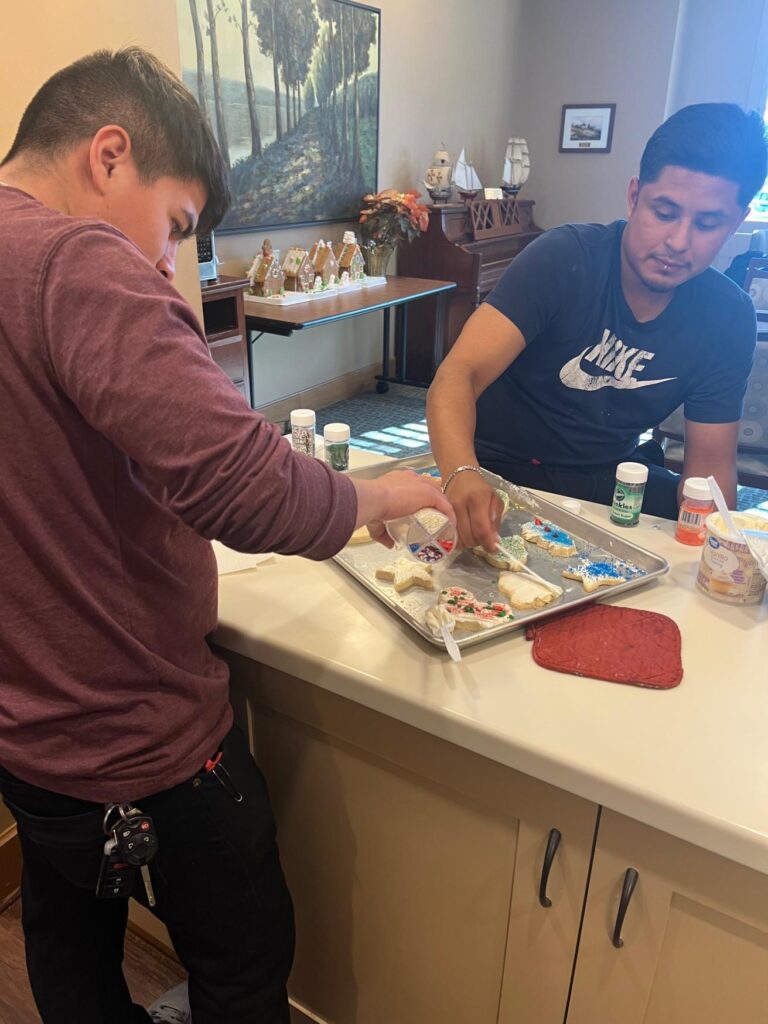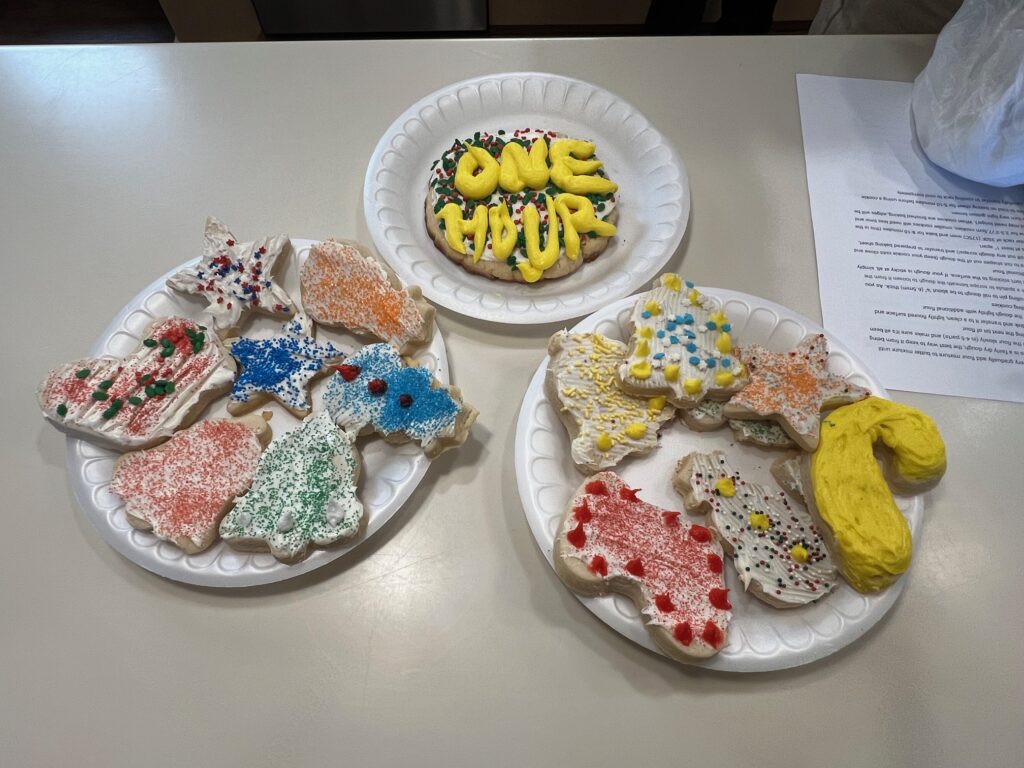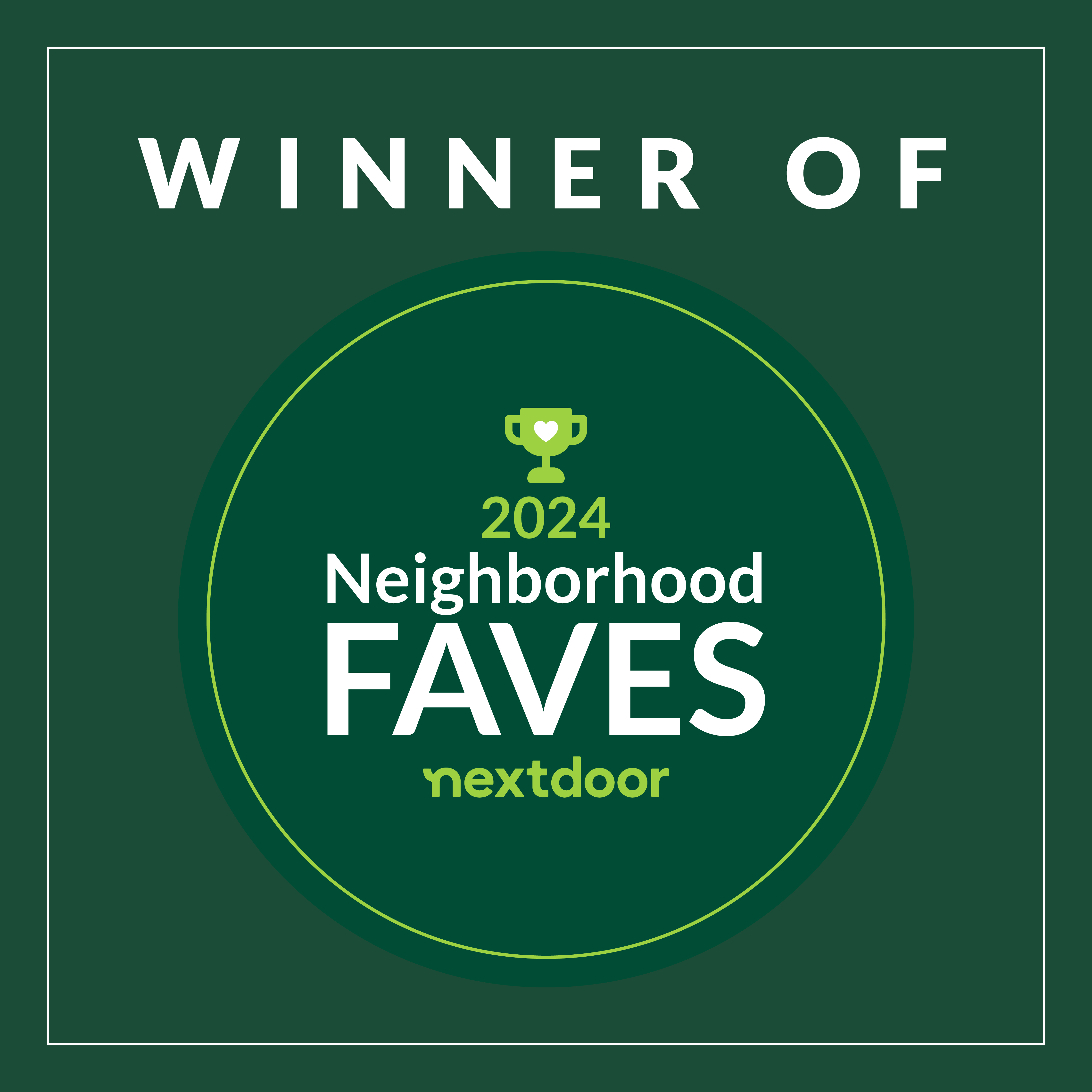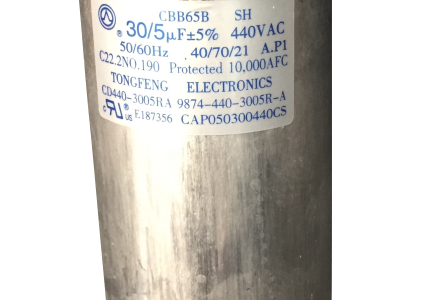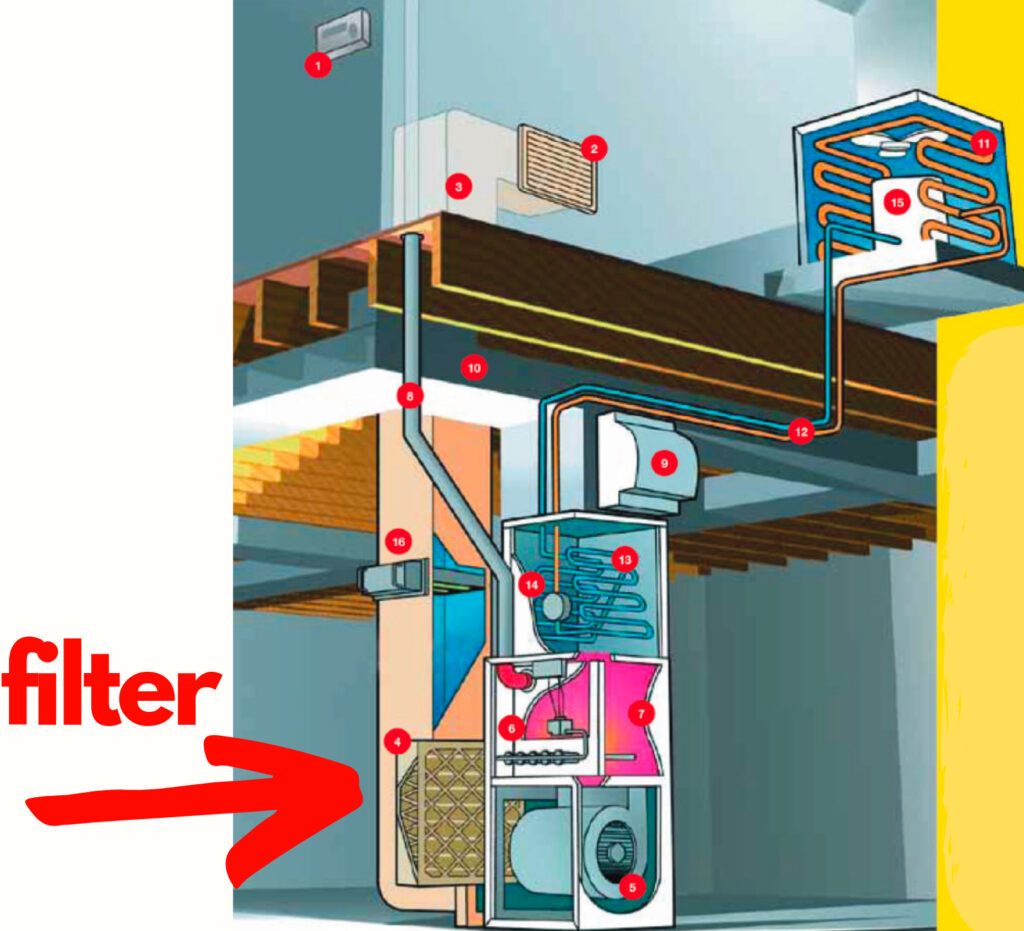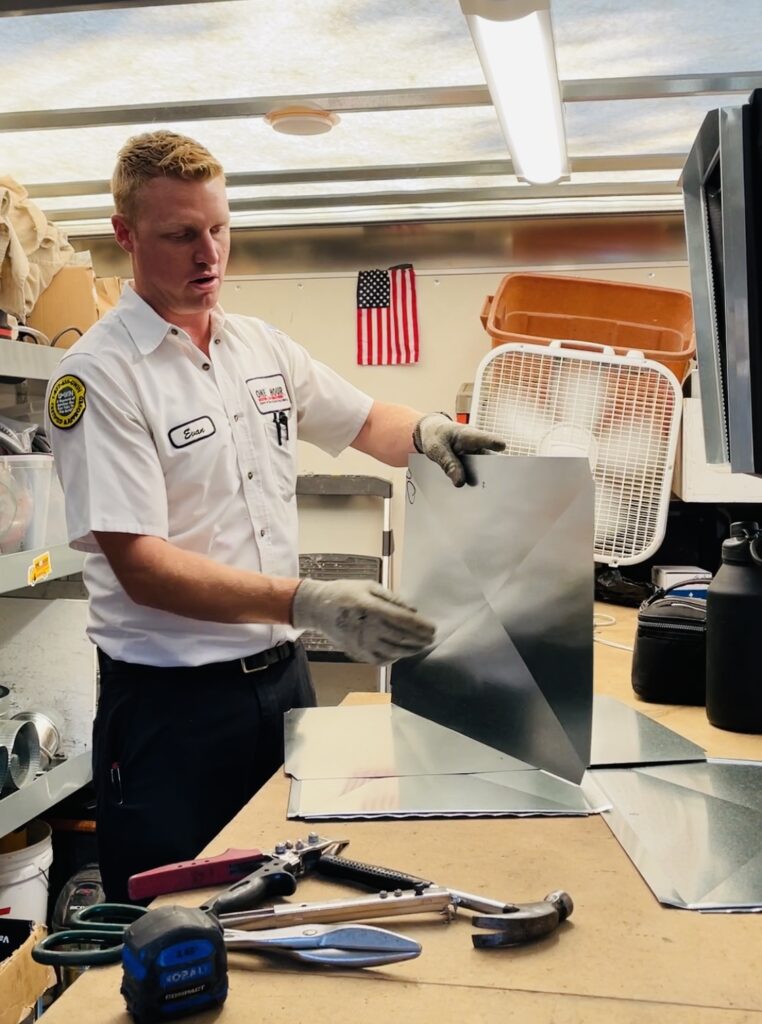
Winter in Kansas City can mean chilly temperatures and rising energy costs. But keeping your home warm doesn’t have to break the bank!
With a few simple steps, you can reduce your heating bills while staying cozy all season long. Here’s how to make it happen.
1. Use a Programmable Thermostat Effectively
A programmable thermostat can save you money by adjusting the temperature automatically when you’re asleep or away. Set it to lower your home’s temperature by 7-10°F for eight hours a day to potentially save up to 10% a year on heating costs. Need help programming your thermostat? The expert technicians at One Hour Heating & Air Conditioning of Johnson County are happy to assist!
2. Seal Drafty Windows and Doors
Drafts can let warm air escape and cold air seep in, making your furnace work harder. Use weatherstripping, caulk, or draft stoppers to seal leaks around windows and doors. Don’t forget to check for drafts in your attic, basement, or garage for maximum efficiency.
3. Schedule Regular HVAC Maintenance
A well-maintained furnace operates more efficiently and uses less energy. Schedule a professional tune-up with One Hour Heating & Air Conditioning of Johnson County to ensure your system is in top shape. We’ll check for issues, clean components, and optimize performance.
4. Change Your Air Filter Regularly
A clogged air filter makes your furnace work harder, increasing energy consumption and costs. Replace your filter every 1-3 months to maintain proper airflow and efficiency. Stock up on filters to avoid running out during the winter.
5. Consider a Zoning System
A zoning system divides your home into different areas with individual temperature controls. This allows you to heat only the spaces you’re using, reducing energy waste and saving money. It’s an excellent solution for larger homes or those with unused rooms.
6. Insulate Your Home Properly
Proper insulation prevents heat from escaping and keeps your home comfortable. Check your attic, walls, and floors for adequate insulation. Adding insulation can significantly reduce heating costs and improve your home’s energy efficiency.
7. Upgrade to an Energy-Efficient Furnace
If your furnace is over 10 years old, consider upgrading to a high-efficiency model. New furnaces use less energy and can lower your heating bills significantly. Ask about our energy-efficient options and financing plans—we’re here to help you find the perfect system for your needs.
Serving Johnson and Wyandotte Counties
We proudly serve Overland Park, Olathe, Shawnee, Lenexa, Prairie Village, Leawood, Gardner, Merriam, Mission, Roeland Park, Fairway, and De Soto in Johnson County. In Wyandotte County, we serve Kansas City, Bonner Springs, and Edwardsville. Contact us today to schedule a tune-up or consultation!
Stay Warm and Save This Winter Tips:
Lowering your heating bills doesn’t mean sacrificing comfort. With these tips and a little help from One Hour Heating & Air Conditioning of Johnson County, you can enjoy a warm, energy-efficient home all winter long. Ready to get started? Call us today at 913-ONE-HOUR or schedule your service online below:


